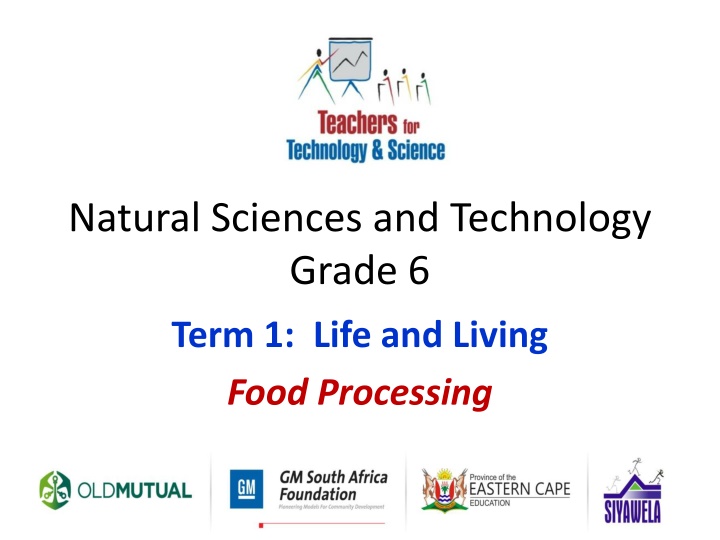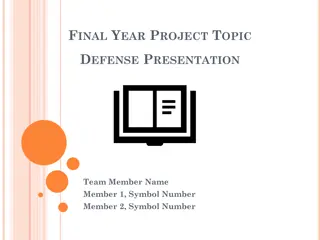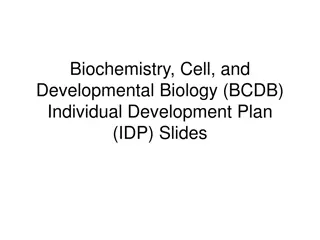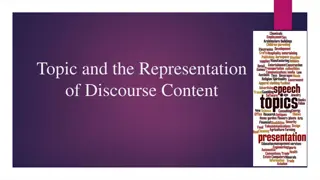
Food Processing in Grade 6 Natural Sciences
Discover the basics of food processing in Grade 6 Natural Sciences and Technology, from minimally processed foods like fresh produce to highly processed items with preservatives and additives. Explore the different ways food can be processed, such as cooking, pickling, fermenting, and drying, including making biltong through a drying process.
Download Presentation

Please find below an Image/Link to download the presentation.
The content on the website is provided AS IS for your information and personal use only. It may not be sold, licensed, or shared on other websites without obtaining consent from the author. If you encounter any issues during the download, it is possible that the publisher has removed the file from their server.
You are allowed to download the files provided on this website for personal or commercial use, subject to the condition that they are used lawfully. All files are the property of their respective owners.
The content on the website is provided AS IS for your information and personal use only. It may not be sold, licensed, or shared on other websites without obtaining consent from the author.
E N D
Presentation Transcript
Natural Sciences and Technology Grade 6 Term 1: Life and Living Food Processing
Topic 4 Food Processing How Foods are Processed Gr 6 Natural Sciences and Technology Term 1, Topic 4
Processed Foods Food can be 1. Minimally processed 2. Highly processed Gr 6 Natural Sciences and Technology Term 1, Topic 4
Minimally Processed Foods Very little sugar, salt and fat is added to this food. This food moves quickly from the farm where it is harvested to the shop where it is sold. Sometimes this food is washed, cleaned, shelled, chopped and packaged before being sold. This food has a very short shelf-life. Gr 6 Natural Sciences and Technology Term 1, Topic 4
Minimally Processed Foods Examples: Fresh meat Fresh fish Eggs Milk Bags of potatoes, apples, oranges, lemons Fresh vegetables Fresh fruit Gr 6 Natural Sciences and Technology Term 1, Topic 4
Highly Processed Foods This food is made so that it can have a long shelf-life This is done through the addition of preservatives, colouring, additives and flavourings. Gr 6 Natural Sciences and Technology Term 1, Topic 4
Highly Processed Foods Examples: snack foods and biscuits cereal bars and breakfast cereals chips cakes and pastries soft drinks breads, pastas, and desserts. processed meats in cans or packets chicken nuggets fish fingers sausages hamburgers. Gr 6 Natural Sciences and Technology Term 1, Topic 4
Ways of processing food 1. cooking 2. pickling 3. fermenting 4. drying and salting 5. toasting 6. tinning / canning 7. bottling 8. freezing or refrigerating 9. making juice concentrates Gr 6 Natural Sciences and Technology Term 1, Topic 4
Making Biltong (drying) Biltong is made from meat, salt, vinegar and spices (coriander, cumin, etc.). A piece of meat (beef or venison) is cut into strips and soaked in vinegar overnight. The salt and spices are then rubbed on the meat and it is hung to dry. The air must be dry and sometimes fans or a special biltong-making box is used. Gr 6 Natural Sciences and Technology Term 1, Topic 4
Preservatives Preservatives make food last longer and help prevent the food from growing bacteria. These substances reduce the growth of microbes but must not be seen as an alternative to proper food hygiene and cooking. There are healthy and unhealthy preservatives. Gr 6 Natural Sciences and Technology Term 1, Topic 4
Examples of food preservatives sorbic acid benzoic acid sulphur dioxide potassium and sodium nitrate propionic acid Gr 6 Natural Sciences and Technology Term 1, Topic 4
Food additives Some methods of preserving food also introduce additives into the process: tartrazine colour MSG: monosodium glutamate flavour enhancer aspartame artificial sweetener sugar salt (sodium chloride) spices Gr 6 Natural Sciences and Technology Term 1, Topic 4
Avoiding illness from food preparation Keep the place where you make or prepare food clean. Wash your hands before working with food. Make sure food, especially when bought from a refrigerator, stays in a cold environment. (Some foods are especially sensitive to this.) Do not change the temperature of foods too often e.g. heat, cool, reheat food. Gr 6 Natural Sciences and Technology Term 1, Topic 4
Read the fine print! Always check the labels and packaging of food that you buy to check the additives and preservatives they contain so that you can make an informed choice of what to eat and drink the best before and the use before date so to make sure the food is good to eat. Gr 6 Natural Sciences and Technology Term 1, Topic 4






















